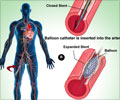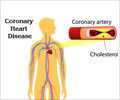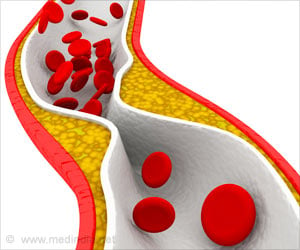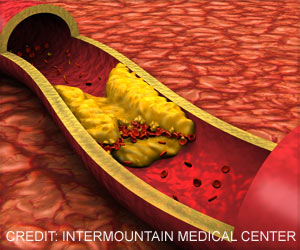while in hospital for any other disease, if patients suffers from STEMI heart attack, they are at a risk of higher mortality, than non hospitalized patients who suffer the same attack.
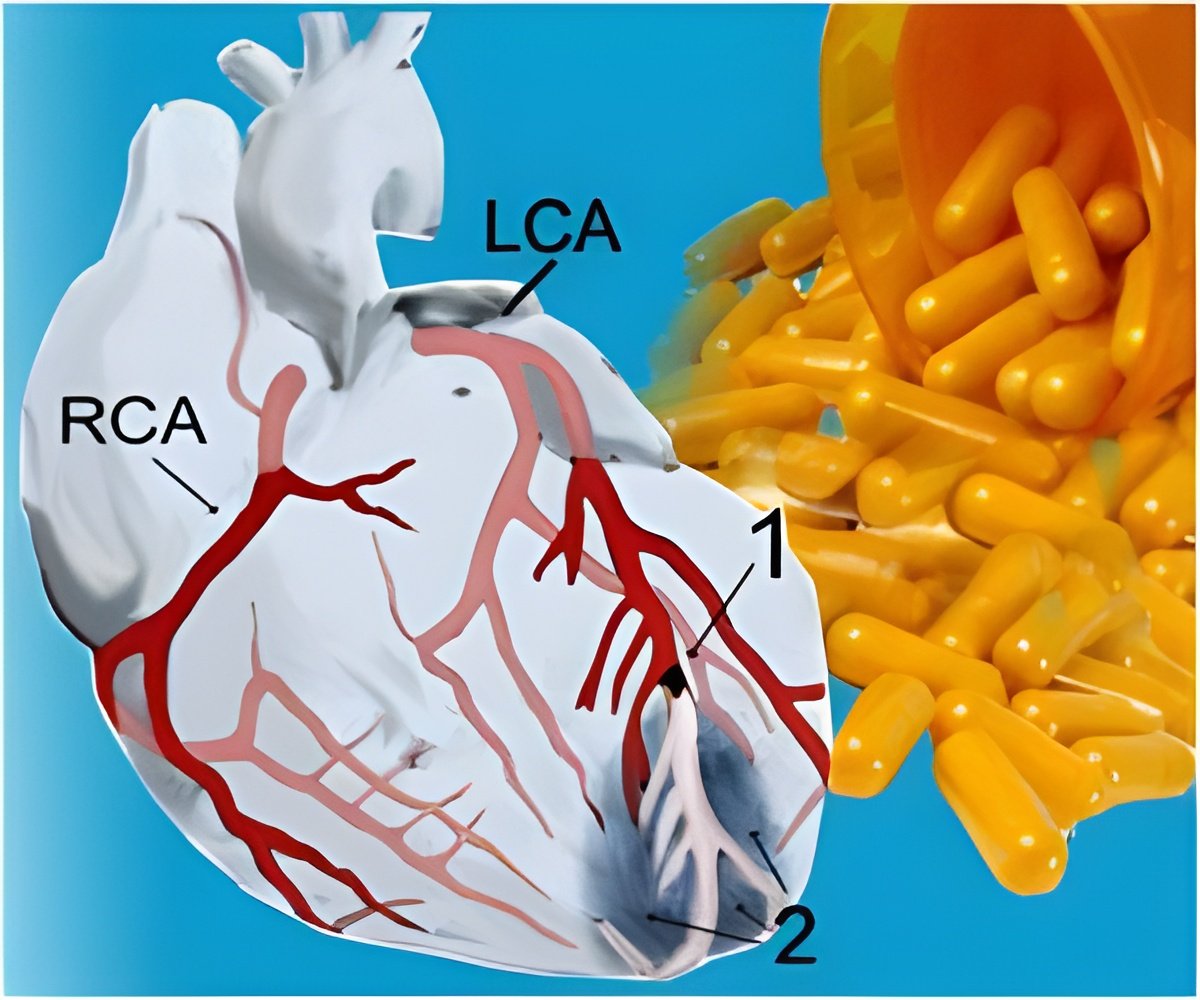
On November 16, 2014, the UNC researchers published a new study, based on data from more than 62,000 patients treated at hundreds of hospitals in California, which confirms their earlier finding.
"This study is the largest ever performed on patients who have a heart attack while they are in the hospital for a non-heart related condition," said George A. "Rick" Stouffer, MD, chief of cardiology at UNC and senior author of the study, published today (November 16, 2014) by the Journal of the American Medical Association.
In the new study, Stouffer and his co-authors analyzed data from the California State Inpatient Database, which included 62,021 STEMI patients treated in 303 California hospitals from 2008 to 2011. Of these patients, 3,068 (4.9 percent) suffered a STEMI while hospitalized for conditions that were not heart-related. A STEMI occurs when an artery in the heart is suddenly and completely blocked. This type of heart attack is considered to be more serious and life-threatening than a non-STEMI heart attack, in which a coronary artery is severely narrowed but is not completely blocked.
The new study found that patients who developed STEMI while hospitalized were more likely to be older and female, and less likely to be treated with measures that are routinely used for patients who suffer a STEMI outside the hospital, such as cardiac catheterization or angioplasty. In addition, the hospitalized patients were three times more likely to die than those who were not in the hospital when their STEMI started.
"There are several reasons why the mortality rate is so high in patients who have a STEMI while in the hospital," Stouffer said. "The patients are older and have more co-morbidities such as lung or kidney disease than do patients who have a STEMI outside of the hospital. But our study shows that the use of percutaneous coronary intervention was associated with a lower mortality rate, even in the highest risk patients. This finding, along with our earlier observation that recognition of STEMI in hospitalized patients is often delayed, suggests two areas in which the care of these patients can be improved."
Advertisement





